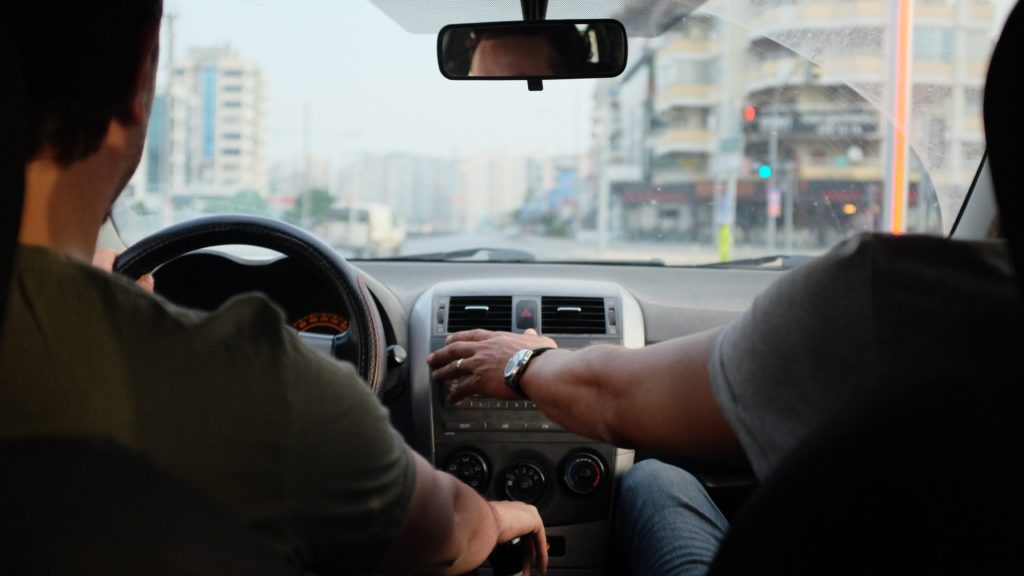Why is car use rationalisation important?
Key solutions
-
#1 Carpooling system
Set up an internal carpooling system, join forces with other organisations.
-
#2 Subscription support
Pay for part of the subscription to a carpooling or carsharing application.
-
#3 Parking advantages
Reserve parking to carpoolers and carsharers, don’t guarantee parking for others, apply an SUV-free parking policy, charge for the use of the parking.
-
#4 Training
Train staff and promote best practices.
-
#5 Alternative fuels
Incentivise the use of alternative fuels (e.g. by subsidising or informing about bioethanol conversion kits for cars).
-
#6 Electric vehicles
Facilitate the use of electric vehicles (e.g. by installing charging stations).

To consider
-
Potential co-benefits
- Carpooling and carsharing provides opportunities for social interaction
- Saves money (maintenance, fuel, parking)
- Reduces congestion
- Reduces air and noise pollution, thus good for health
-
Success conditions
- Set comprehensive rules and processes
- Communication on incentives from the organisation and the authorities
-
Prerequisites & specificities
- Access to parking near workplace for carpooling and carsharing
- Access to charging stations for electric cars. Useful only in countries where electricity is not generated from fossil fuels
-
Potential risks
- Delays or cancellation for carpooling and carsharing
- Inequality in the services offered in the different offices
- Unfairness when benefits are for the richest (e.g. electric cars) and restrictions for the poorest (e.g. no parking for diesel cars)
- Employee dissatisfaction regarding parking restrictions or unequal benefits
Tools and good practices
-
Carrot strategies to carpool to work
These employer strategies influence employees to carpool to work. Carrot strategies encourage carpooling; stick strategies discourage driving alone.
Read here - Eco-friendly practices guide, ADEME
To go further
Public transport

Soft mobility

Teleworking

Photo credit
Cover photo © Darwin Vegher/Unsplash.
